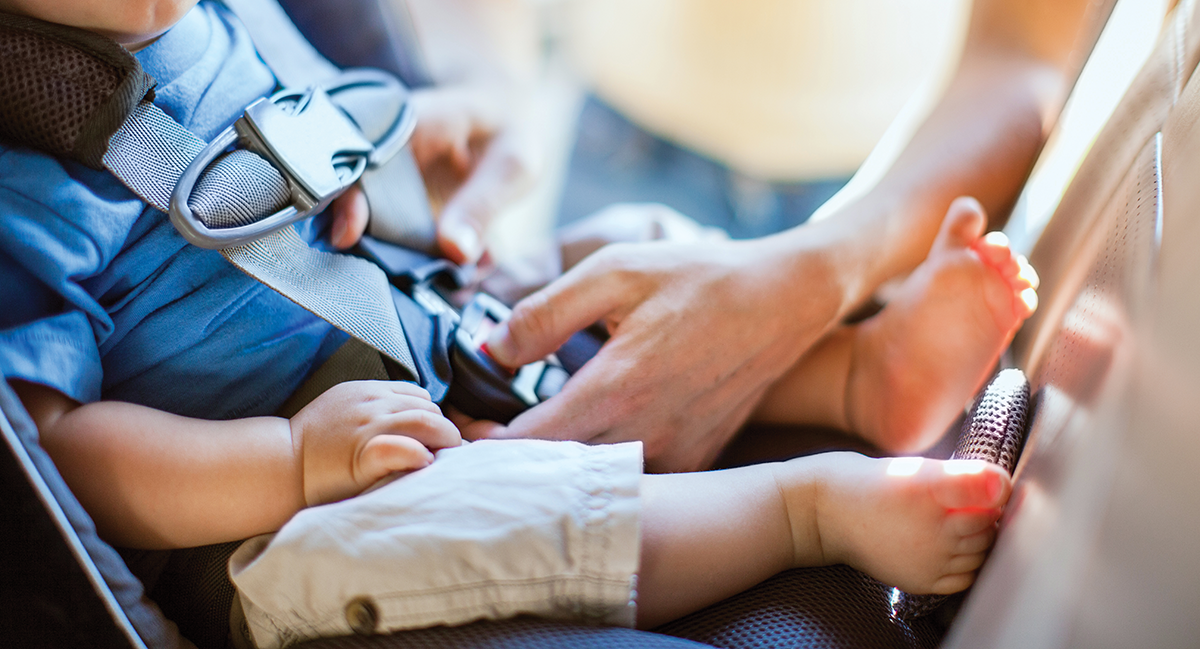Key Information for Your Child's Stay
car seat safety

Guidelines for Safe Use
Using a car seat or booster seat is the best way to keep your child safe in the car – but it can only protect your child if it’s used correctly. Follow the instructions that come with your car seat. Read them ahead of time, and then practice installing it and strapping in your child.
Make sure your child is protected in the car seat by following these tips:
- Use a rear-facing car seat for infants and toddlers until they reach the height or weight limit for the seat. They may be able to ride rear-facing past age 2.
- Don’t dress your child in bulky clothing, like a big coat. The straps won’t be tight enough. Dress your child in thin layers. If it’s cold, put a coat or blanket over the straps.
- Use the pinch test when tightening the harness straps. If you can pinch the straps into a fold, then it needs to be tightened. But don’t make it too tight – make sure you can stick your finger between the strap and your child’s body.
- Double-check that the car seat is secured each time you take it in and out.
- Only use items that came with your car seat. Using items like belt tighteners and extra padding can affect how well the car seat works.
Remember that your car seat should meet the Federal Motor Vehicle Safety Standard 213. It will say this on the label.
Avoid the Front Seat
All children under age 13 should sit in the back seat. This is the safest place for your child if you are in a car accident. Front-seat air bags protect adults and teens in car accidents, but they can seriously hurt infants and children.
Need Help With Your Car Seat or Booster Seat?
If you need help installing your car seat, a certified Child Passenger Safety Technician (CPST) can help you for free. To ask a question or schedule an appointment with a CPST, call the Children’s Health car seat hotline at 214-456-2059.
The AudioEye Trusted Certification represents a commitment to accessibility and digital inclusion.
©2023 Patient Guide Solutions, LLC
